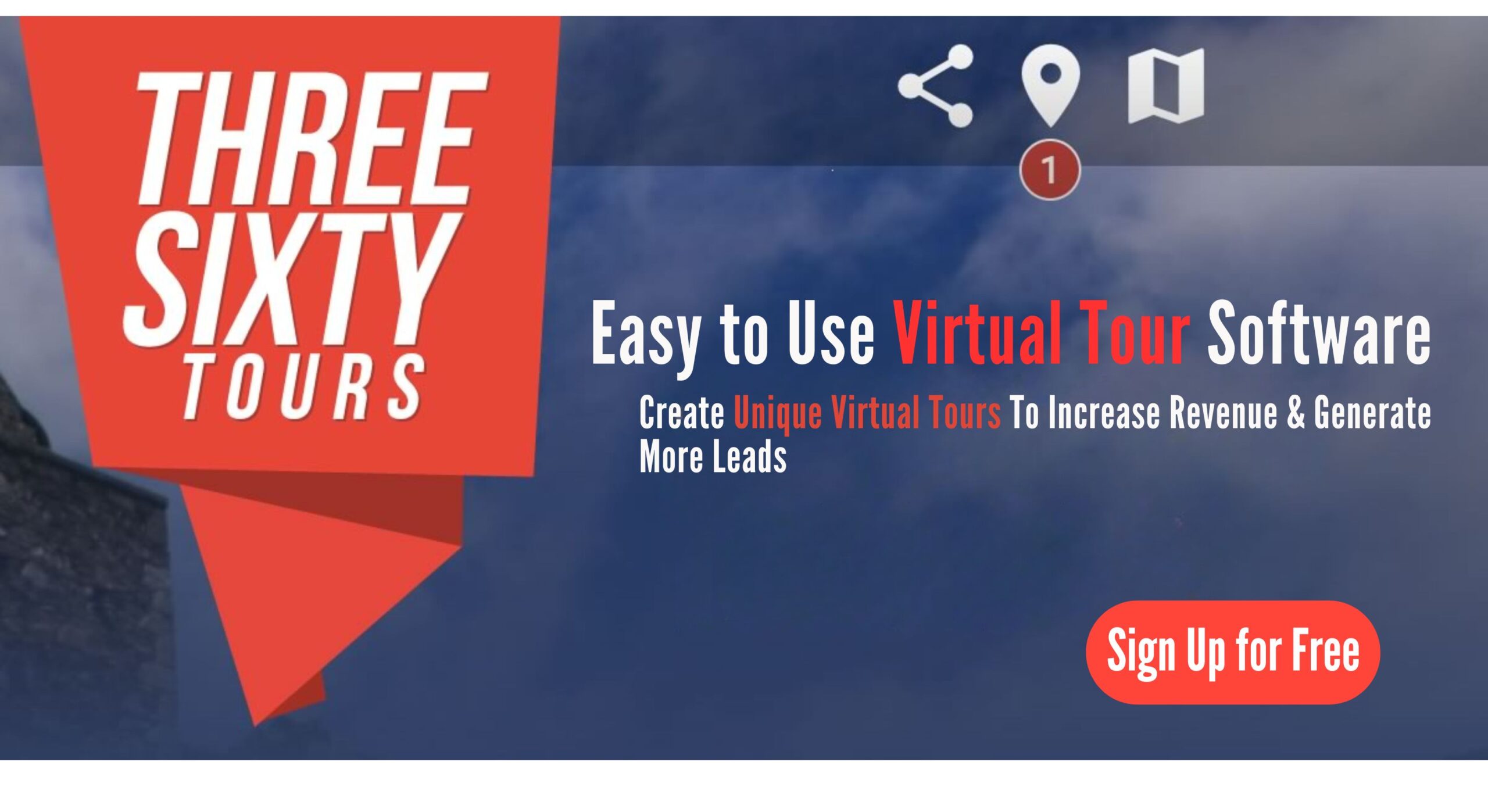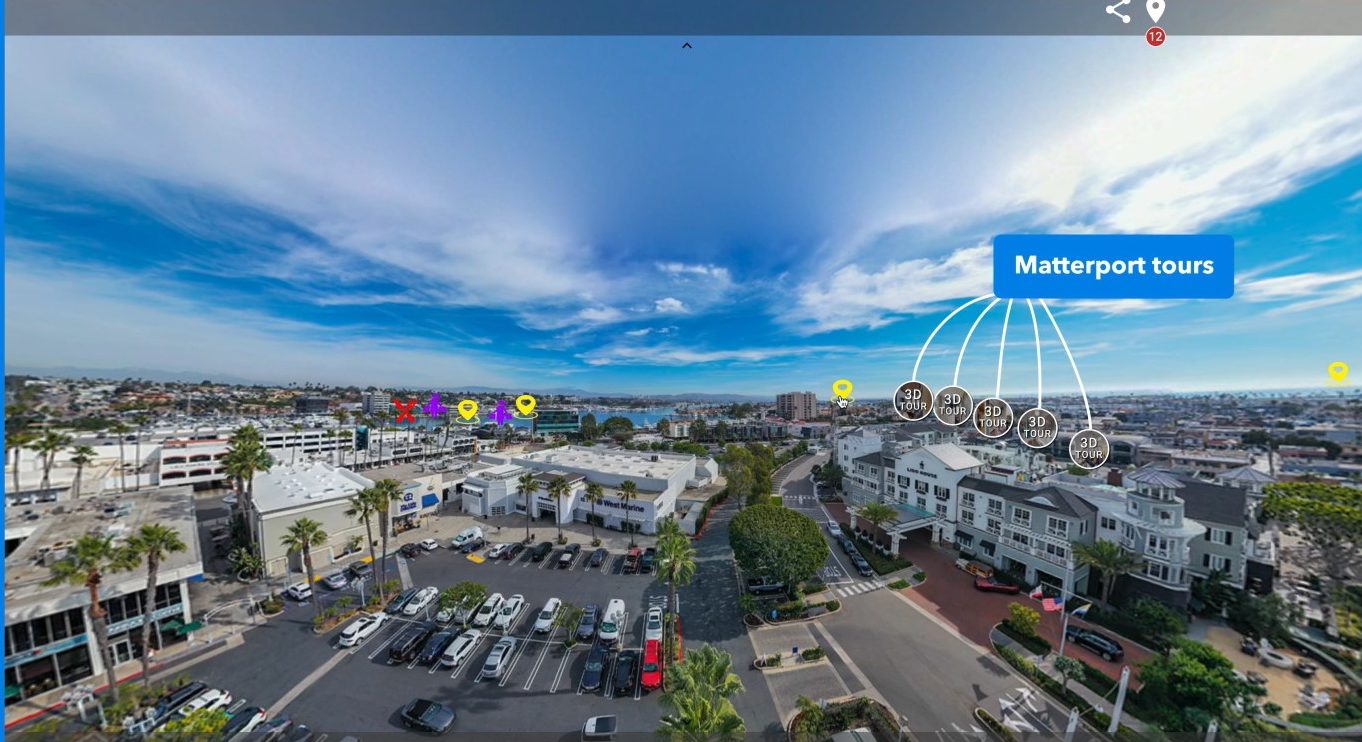virtual tour 360 camera
Virtual Tour 360 Camera: The Ultimate Guide for Photographers and Real Estate Agents
In today’s digital world, immersive experiences are transforming industries like real estate, tourism, and education. A virtual tour 360 camera lets you create stunning, interactive experiences that engage audiences like never before. Whether you’re showcasing a property, capturing breathtaking landscapes, or enhancing virtual events, a 360-degree camera is a must-have tool.
In this guide, we’ll break down the features, applications, and best practices for using virtual tour 360 cameras to take your content to the next level. If you’re looking for an easy-to-use platform to create and share virtual tours, check out Threesixty.tours for powerful solutions.
I. Introduction
A. What Is a Virtual Tour 360 Camera?
A virtual tour 360 camera is a special type of camera that captures a full 360-degree view of a scene. Unlike regular cameras that only capture part of a space, 360 cameras use multiple lenses or fisheye lenses to record everything around them. These images or videos are then stitched together to create an interactive experience, allowing viewers to explore a space as if they were actually there.
B. Why 360-Degree Photography Matters
360-degree photography is more popular than ever. Businesses, especially in real estate and tourism, use immersive visuals to engage potential clients. A well-made virtual tour gives buyers a realistic sense of space, helping them make informed decisions without needing a physical visit.
With the rise of virtual reality (VR) and augmented reality (AR), 360-degree content is becoming even more relevant. Platforms like Facebook and YouTube now support 360-degree videos, making it easier to share immersive content with a global audience.
C. What This Guide Covers
This guide will explore:
- The key features of virtual tour 360 cameras
- The best ways to use 360-degree photography
- A comparison of top 360 cameras
- Tips and tricks for capturing high-quality virtual tours
- The future of 360-degree photography and how it benefits photographers and real estate agents
If you’re ready to create professional virtual tours, start with Threesixty.tours for easy-to-use tools.
II. Features of Virtual Tour 360 Cameras
A. Camera Specs: Resolution, Lenses, and More
When choosing a virtual tour 360 camera, resolution is key. Higher resolution means sharper images and better detail. Some of the best 360 cameras offer 8K resolution, while budget-friendly options provide 4K or 5.7K.
Most 360 cameras use dual fisheye lenses, capturing ultra-wide-angle shots that are stitched together. The aperture size also matters, especially for low-light conditions. If you’re shooting indoor virtual tours, look for a camera with a wide aperture to capture more light.
B. Essential Features: Stitching, Stabilization, and More
Modern 360 cameras come with automatic stitching software, which combines images from multiple lenses into a seamless panoramic shot. Some high-end models even use AI-powered stitching for better accuracy.
Image stabilization is another key feature, especially for video tours. Cameras with built-in gyroscopes and electronic stabilization ensure smooth footage, even when shooting handheld.
C. Connectivity: Wi-Fi, Bluetooth, and Live Streaming
Wireless connectivity makes it easy to transfer files and control the camera remotely. Most 360 cameras support Wi-Fi, Bluetooth, and USB-C. Some models even allow live streaming in 360 degrees—perfect for virtual events and real estate walkthroughs.
D. User-Friendly Design
A good 360 camera should be easy to use. Many models have touchscreens for simple navigation, while others rely on mobile apps for remote control and editing. If you’re a real estate agent without photography experience, an intuitive interface is a must.
Want to see how easy it is to create virtual tours? Try Threesixty.tours for a seamless experience.
III. How to Use Virtual Tour 360 Cameras
A. Real Estate Marketing
For real estate agents, virtual tours are a powerful selling tool. A 360-degree property tour lets potential buyers explore a home remotely, saving time for both agents and clients. High-quality virtual tours can increase engagement, attract more buyers, and even lead to faster sales.
B. Travel and Tourism
Travel agencies and tourism boards use 360 cameras to create immersive destination experiences. Instead of static images, potential travelers can take a virtual walk through hotels, resorts, and attractions before booking their trip.
C. Education and Virtual Classrooms
360-degree content is changing education by providing immersive learning experiences. Teachers can take students on virtual field trips, explore historical sites, or conduct interactive science experiments using 360 videos.
D. Virtual Events and Conferences
With the rise of remote work and digital events, virtual tour 360 cameras are now used to stream live events in 360 degrees. This makes online events more engaging, allowing attendees to feel like they’re actually there.
IV. Best Virtual Tour 360 Cameras: A Comparison
A. Top Models to Consider
Some of the best virtual tour 360 cameras include:
- Insta360 X3 – A versatile, high-resolution 360 camera
- Ricoh Theta Z1 – A professional-grade camera with superior image quality
- GoPro MAX – Known for its rugged design and excellent stabilization
- Matterport Pro2 – A premium choice for real estate professionals
B. Pros and Cons of Each Camera
Each camera has its strengths and weaknesses. The Insta360 X3 is great for beginners, while the Ricoh Theta Z1 offers top-tier image quality but comes at a higher price.
C. Price and Value for Money
Prices for 360 cameras range from $300 to $5,000, depending on features. Real estate agents and photographers should choose a model that balances performance and affordability.
V. Tips for Capturing Stunning Virtual Tours
A. Shooting Tips: Lighting, Angles, and More
- Use natural lighting whenever possible for better image quality.
- Position the camera at eye level for a realistic perspective.
- Avoid placing the camera too close to walls or furniture to prevent distortion.
B. Editing Techniques for Professional Virtual Tours
Post-processing is key to creating professional virtual tours. Use software like Adobe Photoshop, Lightroom, or Insta360 Studio to enhance colors, remove blemishes, and improve image sharpness.
C. Best Tools for Creating Virtual Tours
Platforms like Threesixty.tours make it easy to host and share virtual tours. Their SaaS platform allows photographers and real estate agents to create interactive experiences without advanced technical skills.
For more tips and tools, check out Threesixty.tours today!
VI. Conclusion
A. The Power of Virtual Tour 360 Cameras
Virtual tour 360 cameras have changed real estate marketing, photography, and tourism. They provide an immersive experience that helps businesses engage their audiences like never before.
B. Future Trends in 360-Degree Photography
With advancements in AI, VR, and AR, the future of 360-degree photography looks exciting. Expect to see more automated editing tools, AI-powered enhancements, and better integration with virtual reality platforms.
C. Get Started Today!
For photographers and real estate agents, investing in a virtual tour 360 camera is a smart move. Whether you want to attract more clients, create engaging content, or stay ahead of the competition, 360-degree photography gives you a major edge.
Start exploring the possibilities today with Threesixty.tours and take your virtual tours to the next level! 🚀


